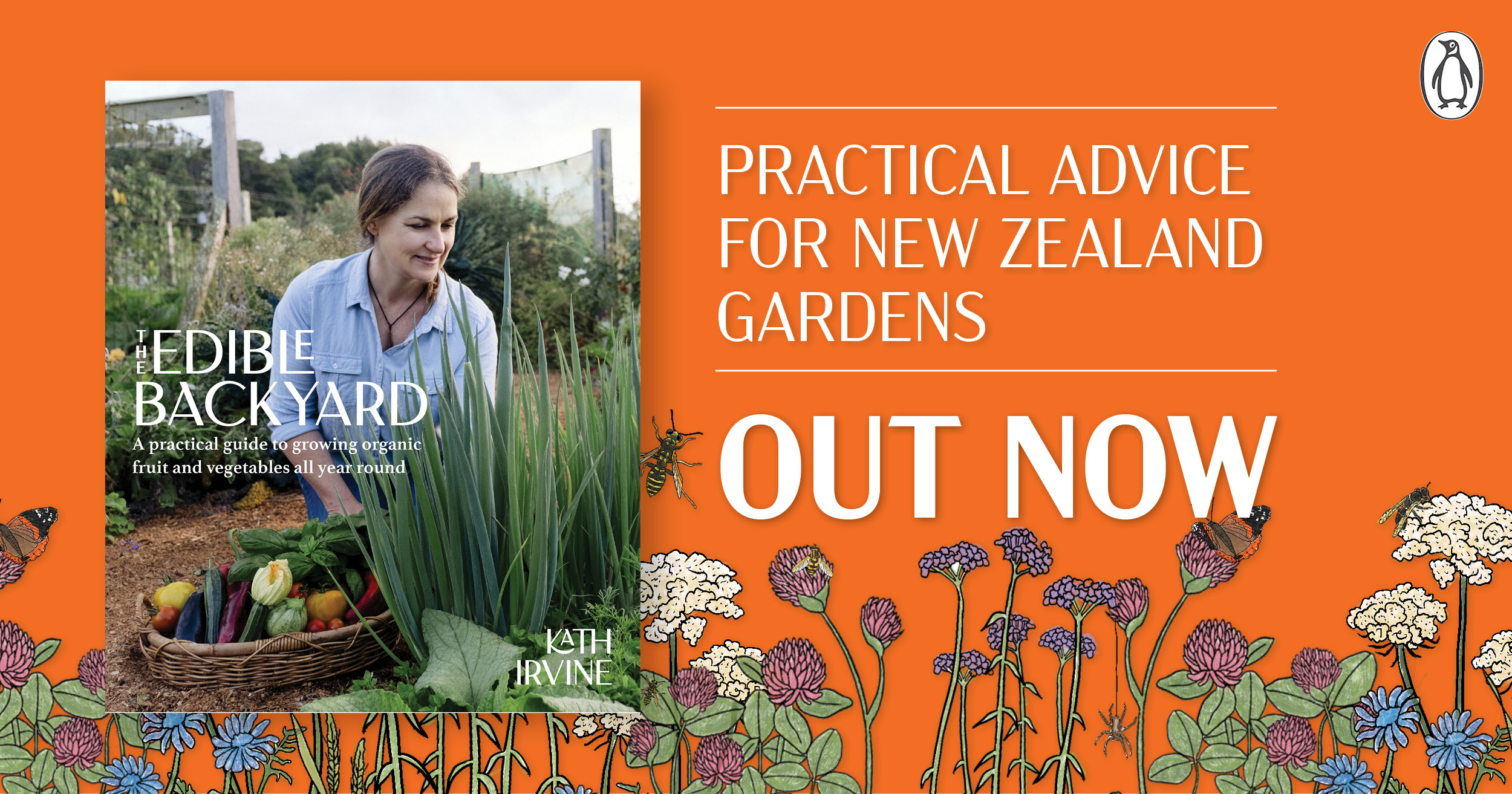October In The Vegie Patch + Greenhouse
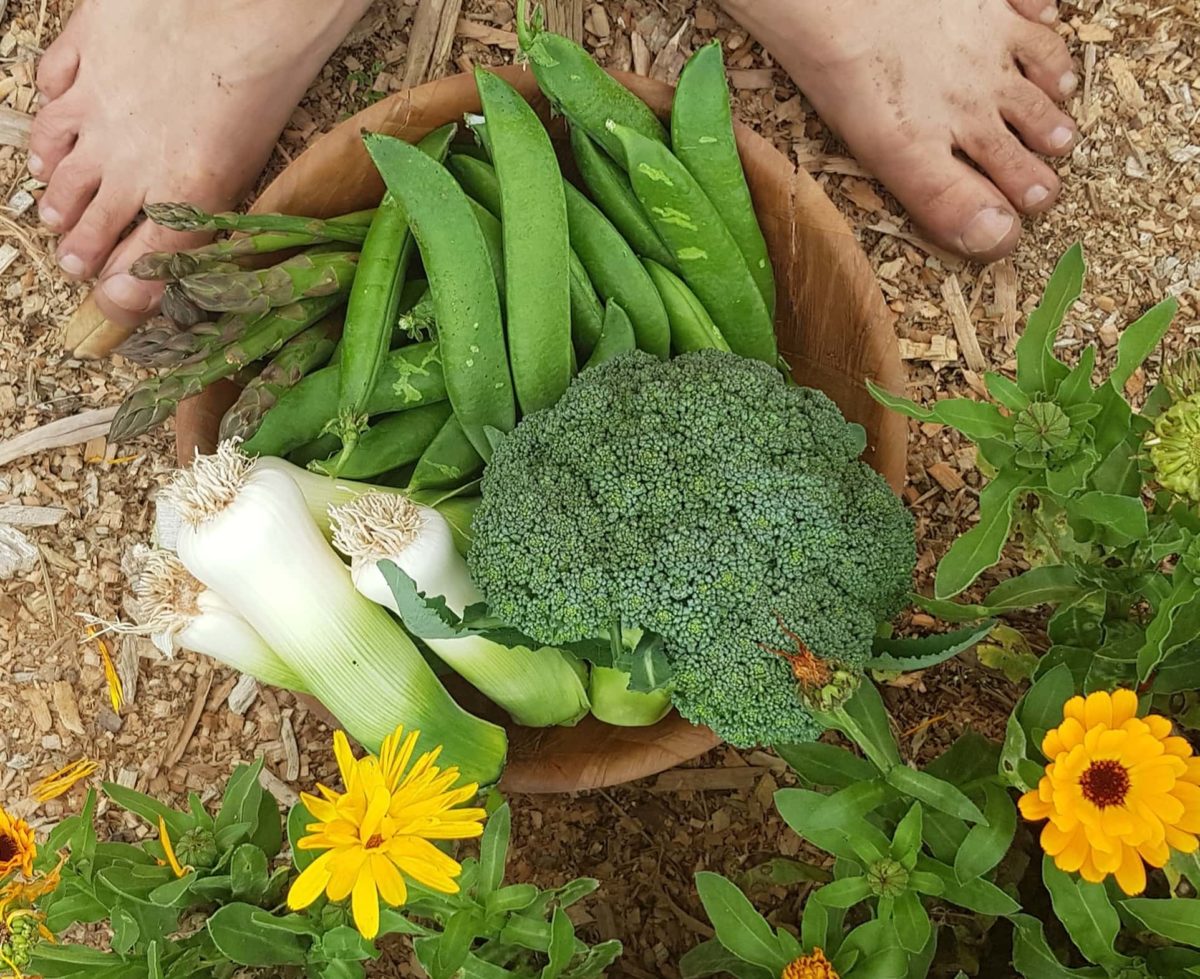
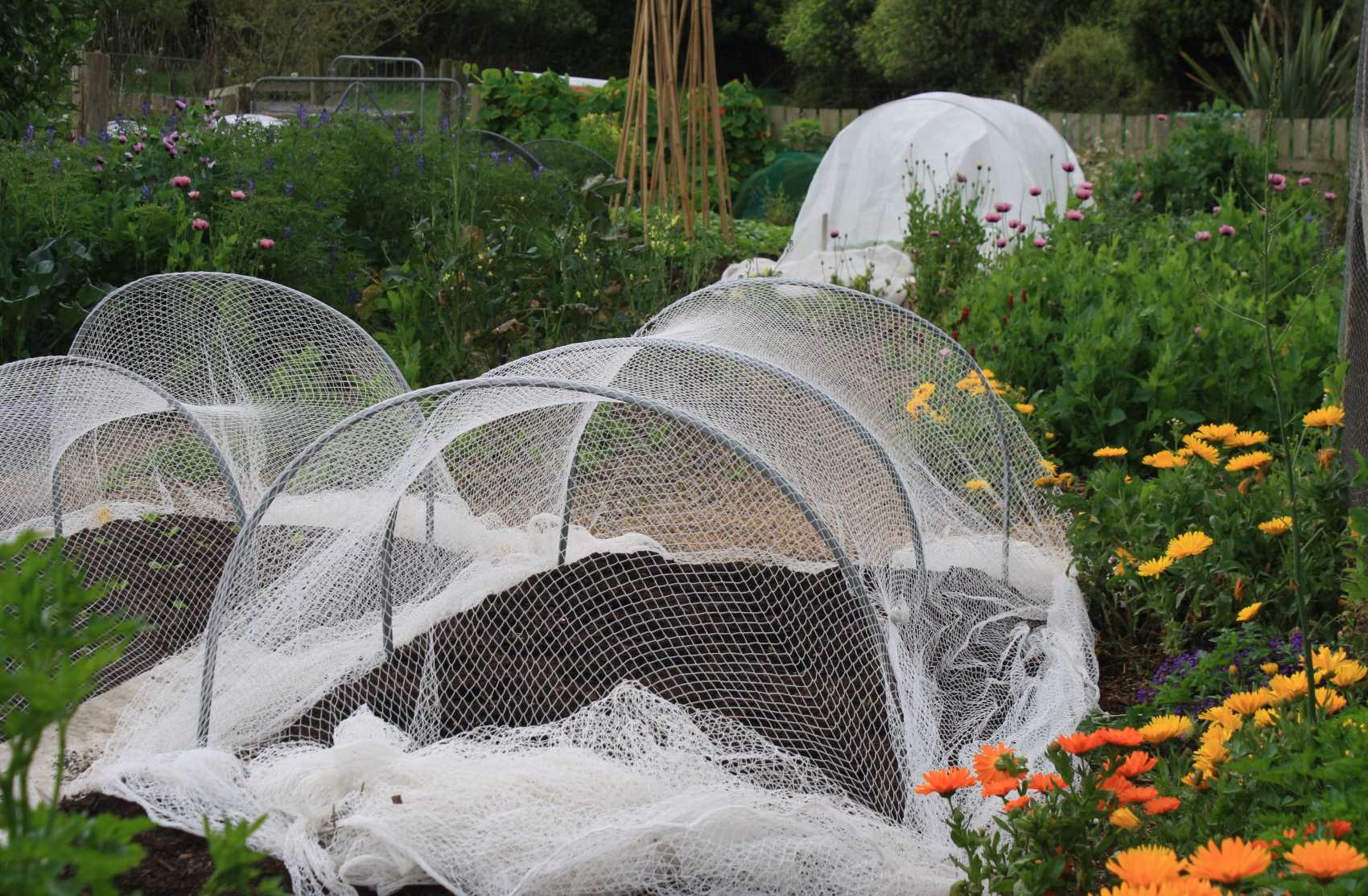
The October vegie patch is pretty dam exciting with seedling raising in full swing and crops boosting away in the warming soil and air. Do your best to keep your head and don't rush into planting summer loving crops on the first fine day! Its hard, I know, but wait it out until soil temperatures are ideal.
A soil thermometer is a huge help here. Measure the soil temps in your garden beds and seed raising trays, before sowing or planting. What a difference the right temperature makes!
What to plant and sow in October
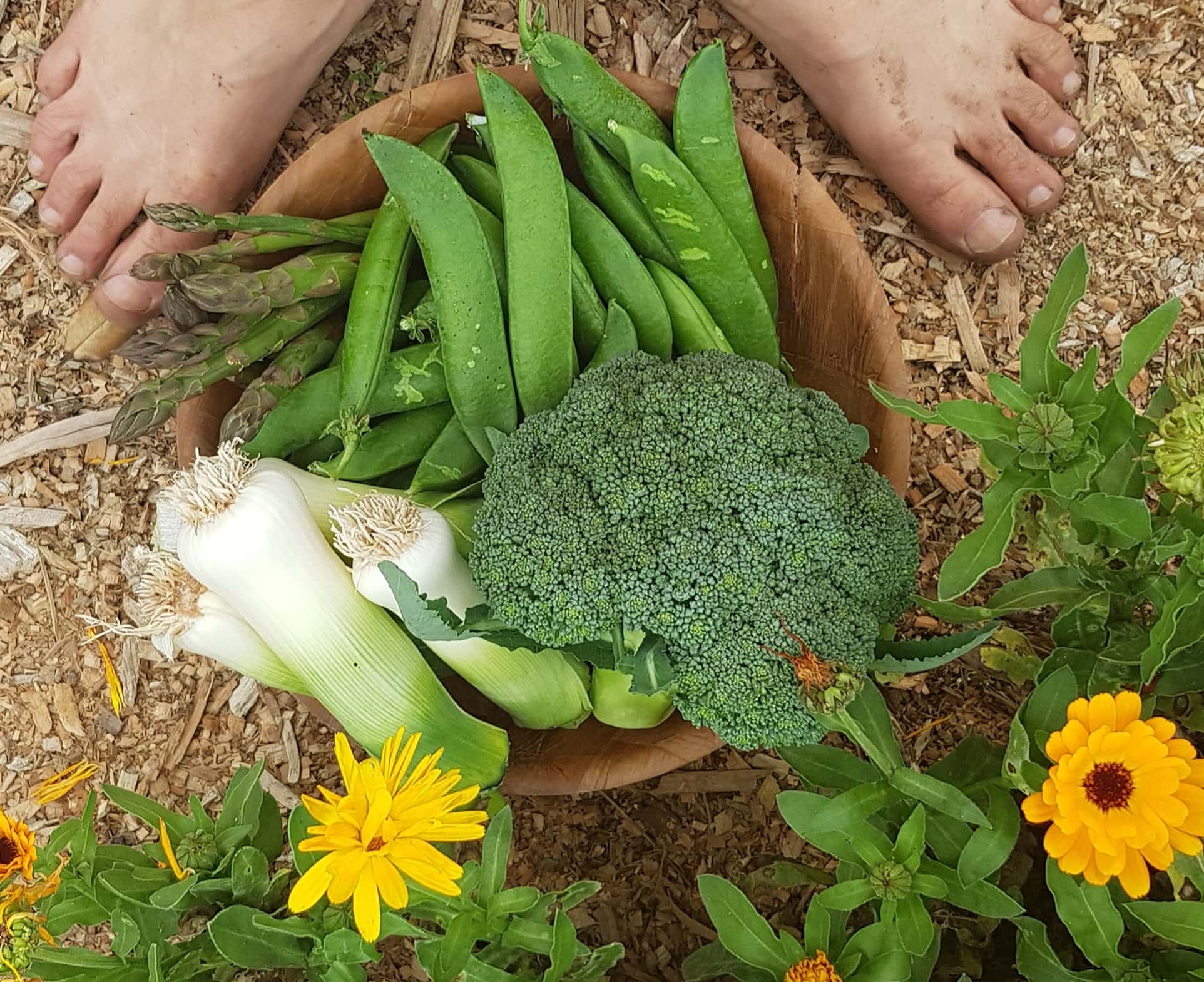
Gluts from the garden are fun, but a regular steady supply is where its at. Keep the garden productive by sowing or planting a new thing every week, and by filling any gap created by finished crops, right away. As well as high production, this keeps the garden weed free - if its always full, there's no room for weeds! Huzzah!
Sow
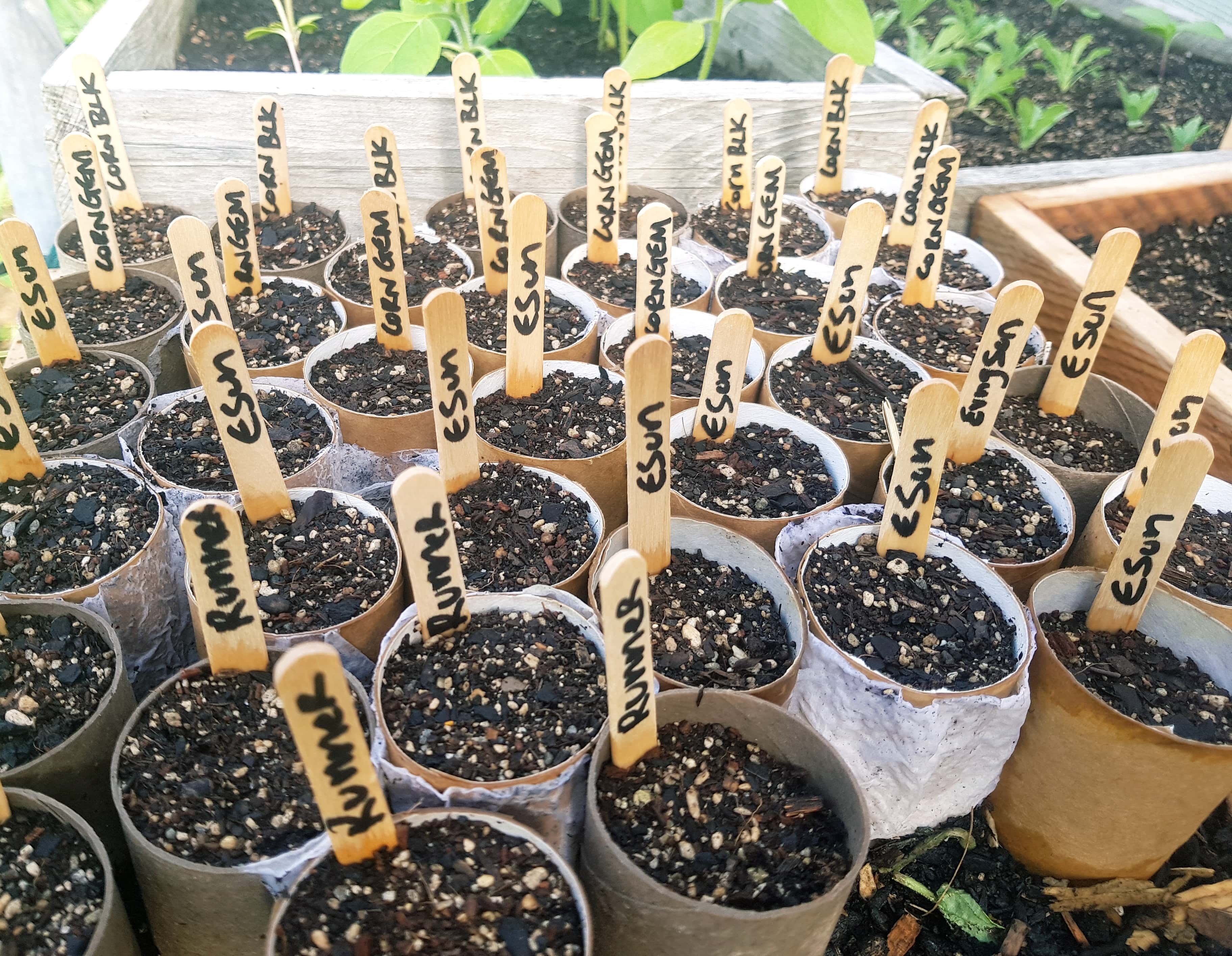
Direct Sow
- Radish, coriander, dill, parsnip, carrot, rocket and mizuna.
- Calendula, cornflower, cosmos, borage, buckwheat and phacelia
Tray Sow
- Use a heatpad or somewhere toasty to raise pumpkin, zuchinni, cucumber, melon, corn, basil, climbing beans, dwarf beans, shellout beans, soya beans, tomatoes, peppers, aubergine
- Globe artichokes, parsley, spring onions, red onions and chives
- Peas and leeks for cooler places
- Sunflowers, gaillardia, rudbeckia, zinnias, love lies bleeding and oodles of marigolds
Direct or Tray Sow
- Beetroot, spinach and saladings can be direct sown outside as soon as soil conditions are right, otherwise tray sow to buy you time and ensure success.
- Sweetpeas
Transplant
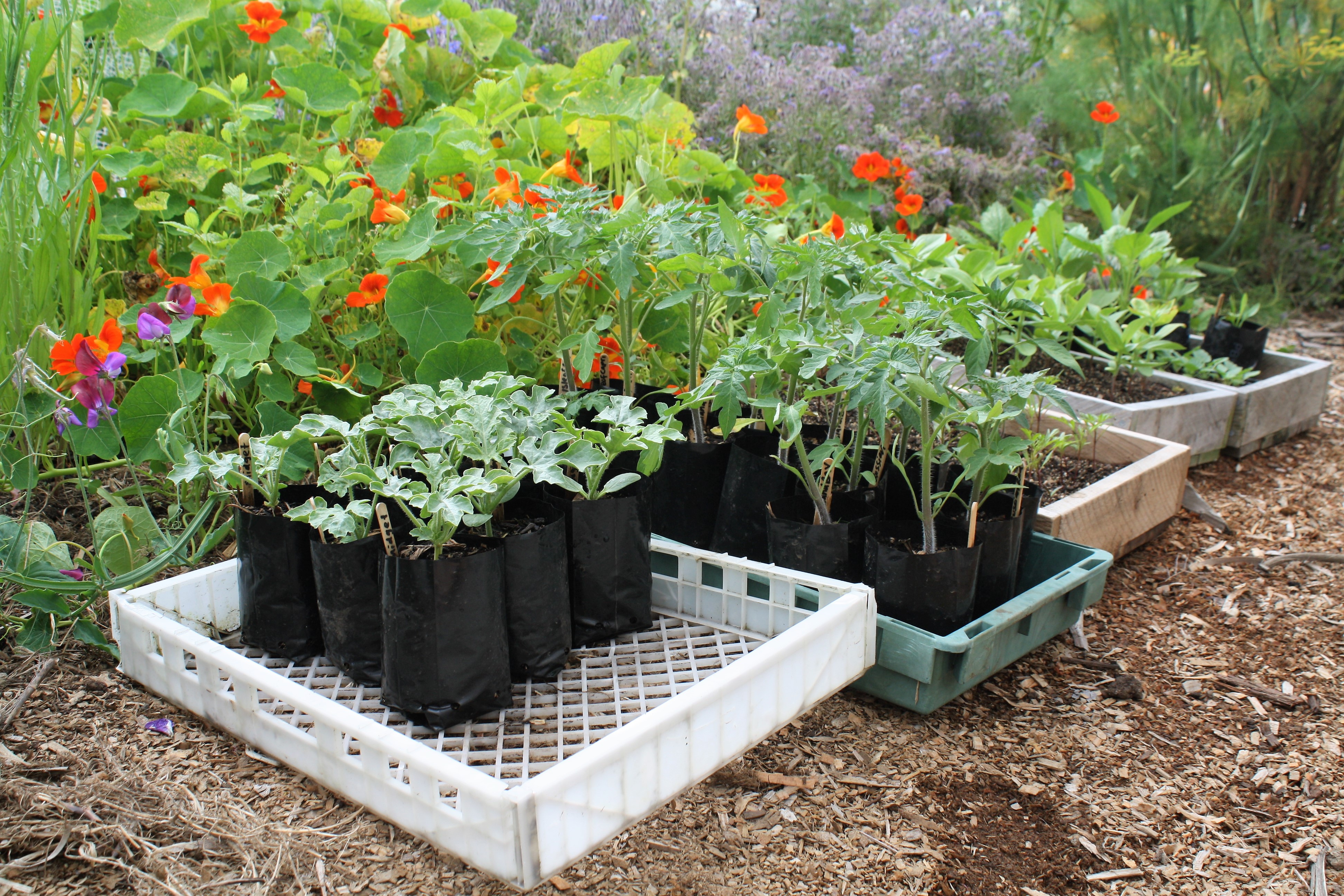
Before planting vegie seedlings out in the garden, harden them off. Give them a few days and nights outside in their seedling trays to get used to the cooler temps. This makes for a smooth transition.
- Asian greens, cabbage, broccoli, red onions, spring onions, celery, silverbeet, perpetual spinach, parsley, saladings, potatoes and yams
- Swan plants and lots of companion flowers! Plant sunflowers to a robust stake.
- Globe artichokes, asparagus and dahlias in perennial areas
- When soil outside hits 20°C, shellout beans, pumpkin, kumara and corn can all be planted.
- When greenhouse soil hits 20°C, zucchini, cucumber, melons, tomatoes, peppers, chillies, aubergines, green beans, soya beans, marigolds and basil can be planted. Hello summer!
October checklist + things to do
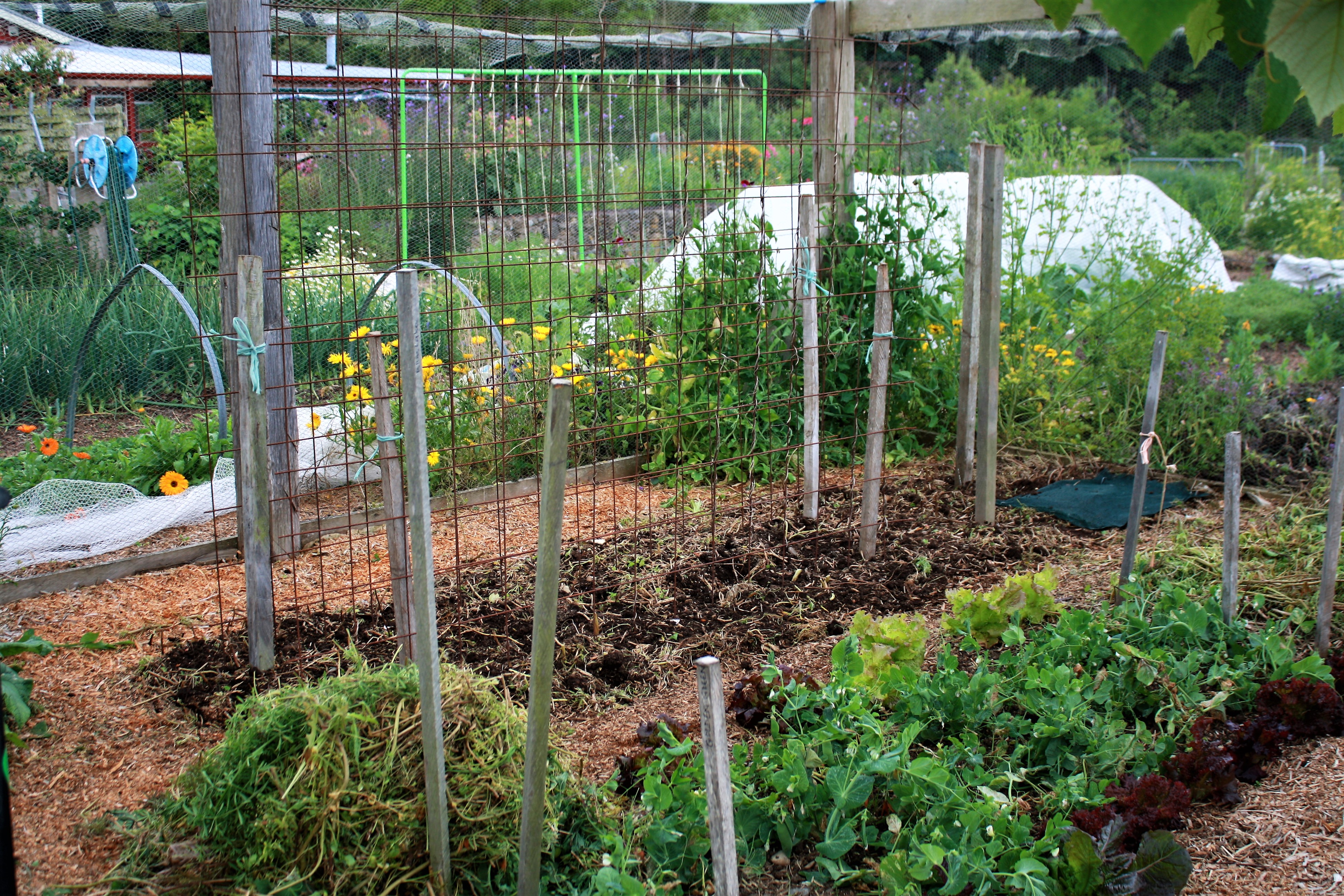
- Beans and tomatoes need robust stakes/ frames that will handle a heavy crop in all weathers. I love reinforcing mesh.
- Tie broadbeans to keep them upright through spring winds. Bang a stake at each end of the row. Tie twine from one stake to the other around the outside of the crop. Stagger these ties at 30cm-ish intervals.
- Forage for OM (organic matter) .. cardboard, spoiled hay, manure, seaweed... Chances are your stash has dwindled with all the spring plantings. Ensure you have something to hand for side dressing and mulching summer crops.
- Make a compost pile (or four!) with all your spring clean up. Such lot of ingredient about right now. Theres nothing that will get your garden humming, like your own compost.
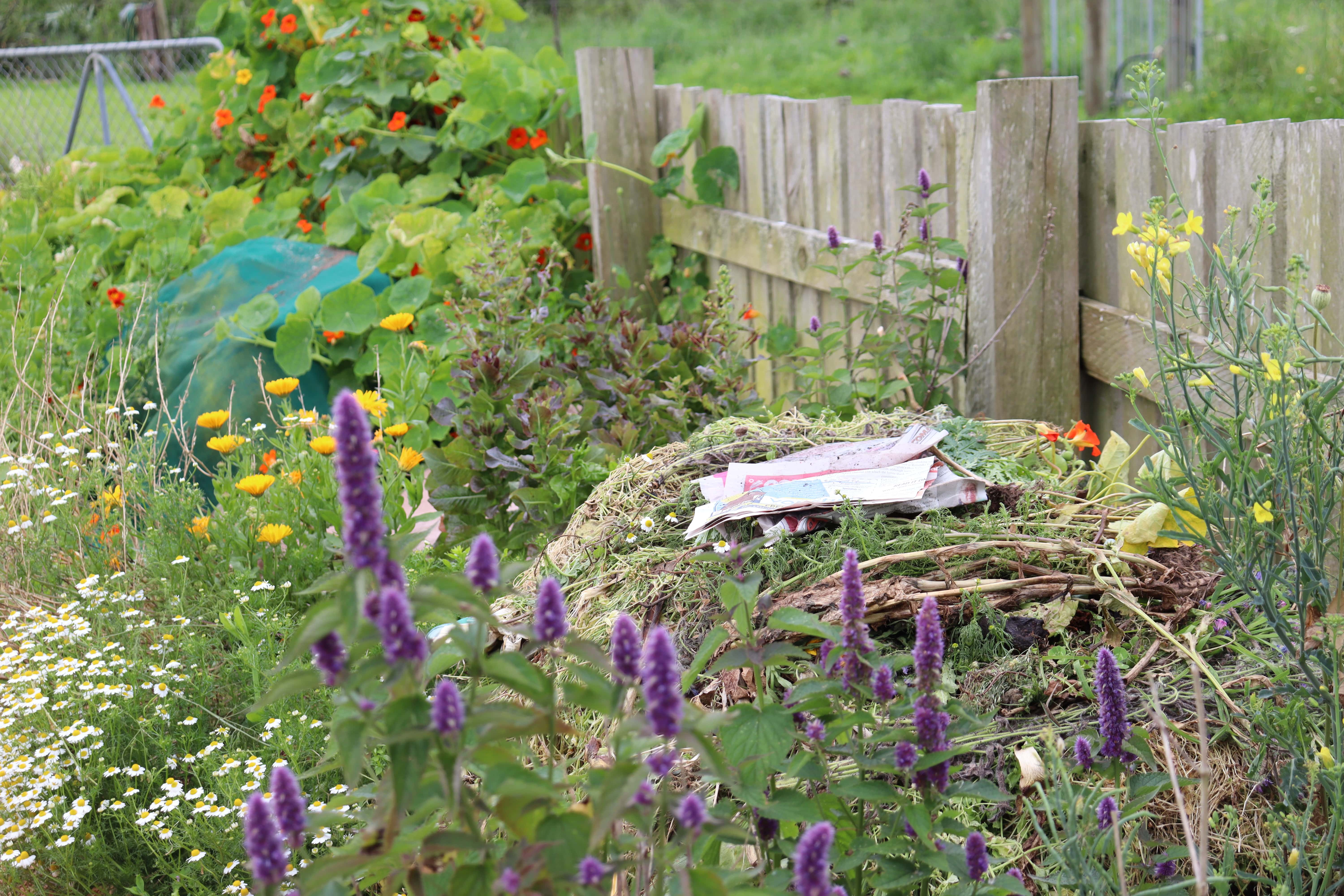
- Thin September sowings of beetroot, parsnip and carrots. I prefer to thin progressively - they grow faster this way. Start by taking carrots out to about 1cm, parsnips out to about 5cm and thin beetroot down to groups of 3 or 4. If you are careful you can transplant the spare beetroots. Check in on your root crops each week and pluck out extras as the crop grows until carrots are at about 3cm and parsnips - 10cm.
- Get everything mulched or sown or planted before the weeds get away. If you have no seedlings or mulch - sow a greencrop! Such a quick/ cheap soil building solution
- Check in with your soil - feel it, smell it, eyeball it. Know where its at and base all your planting decisions on the state of your soil.
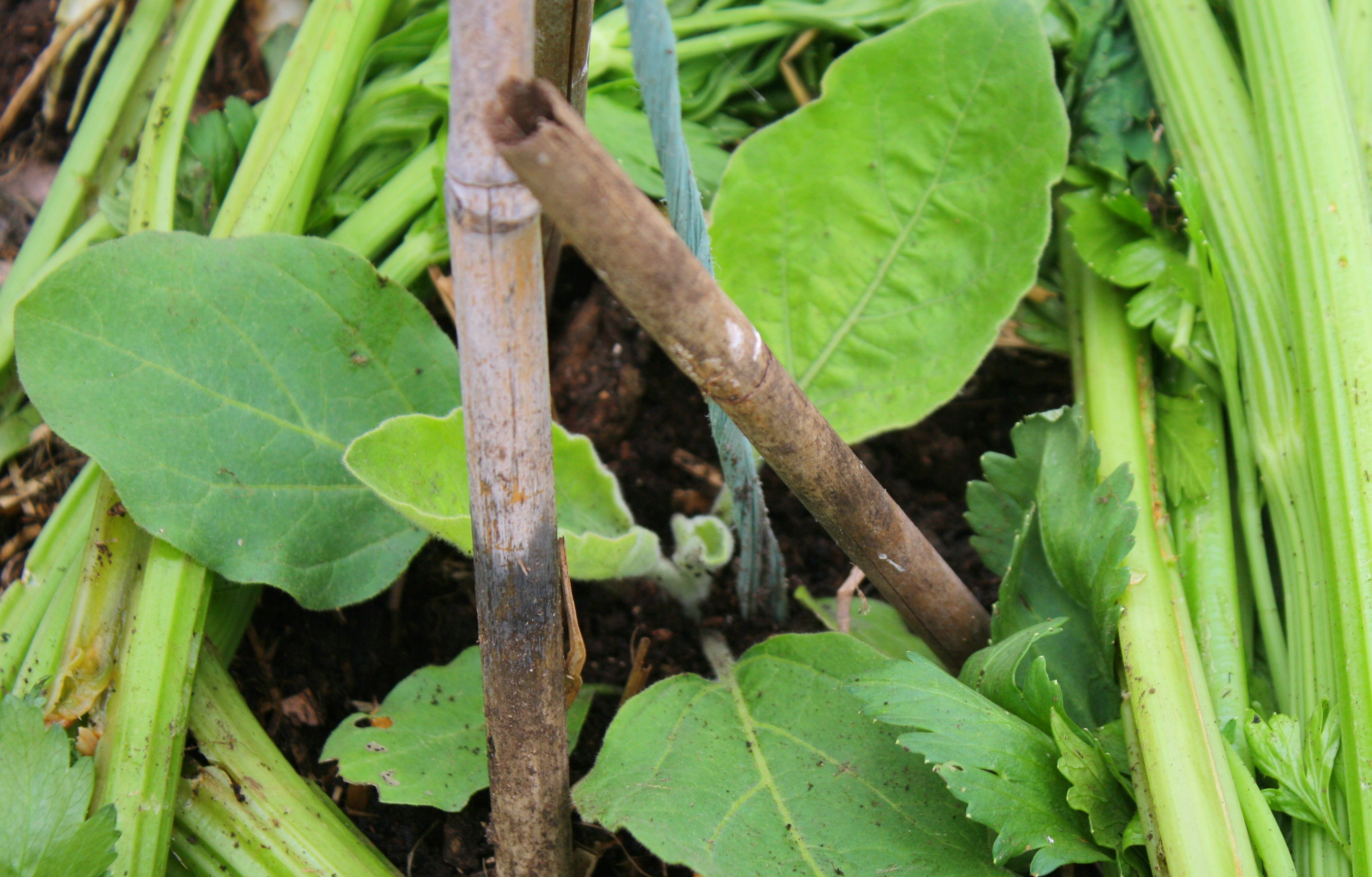
- Protect all new seedlings from birds with bird net over cloche hoops, or bird sticks.
- Prick on seedlings in trays as soon as they have 2 leaves and then again as they outgrow the container they are in. Keep the seedlings growing steadily.
- Divide rhubarb
- Let parsley, perpetual beet, endive, rocket, coriander, cornflower - whatever wants to seed - go to seed. No need to leave all to reproduce - one plant, sends out 1000's of new emissaries. Self seeded plants can supply a good chunk of your dinner once you get in the habit of it, and they are always the most hardy plants.
Beware the seed eaters!

Mice, rats, slugs, snails and slaters are about at this time of year. It's worth managing them cos one night visit from any of these guys sets your food garden back.
Rodent management is essential for a food gardener, and I think, a cool thing for all of us to pitch in and do. No matter where you live - you have rats! Food gardens are a rodent hotel - cosy homes (compost piles) and food supply (avocados, seed, compost nomnom). At this time of year they love gobbling up corn, pumpkin and sunflower seed. Make trapping part of your regime.
Slaters have great benefit - decomposers par excellence, but at this time of year are a nusiance as they love nibbling off newly sprouted seed. Make a trap by putting a spoon of yoghurt in a small container. Top it up with water. Bury it in your seedtray so the edge is at ground level. Slaters love this stuff. Or sprinkle Tui Quash slugbait about to deter them.
Slugs and snails are getting going too. They love asparagus, peas, carrots, echinacea - anything new really! Tui Quash is the most affordable, least toxic slug bait I can find.
At this time of year I pop out with my head torch and do a big old snail squash and slug capture, tossing them into a bucket of limey water as I go (literally lime dissolved in water) where they foam and froth and finish off. Don't throw them over the fence! Bad karma😉 and besides, they'll be back.
Removing the mulch further reduces the mollusc load - I leave it off until the soil warms and weather turns.
Divide and plant herb companions
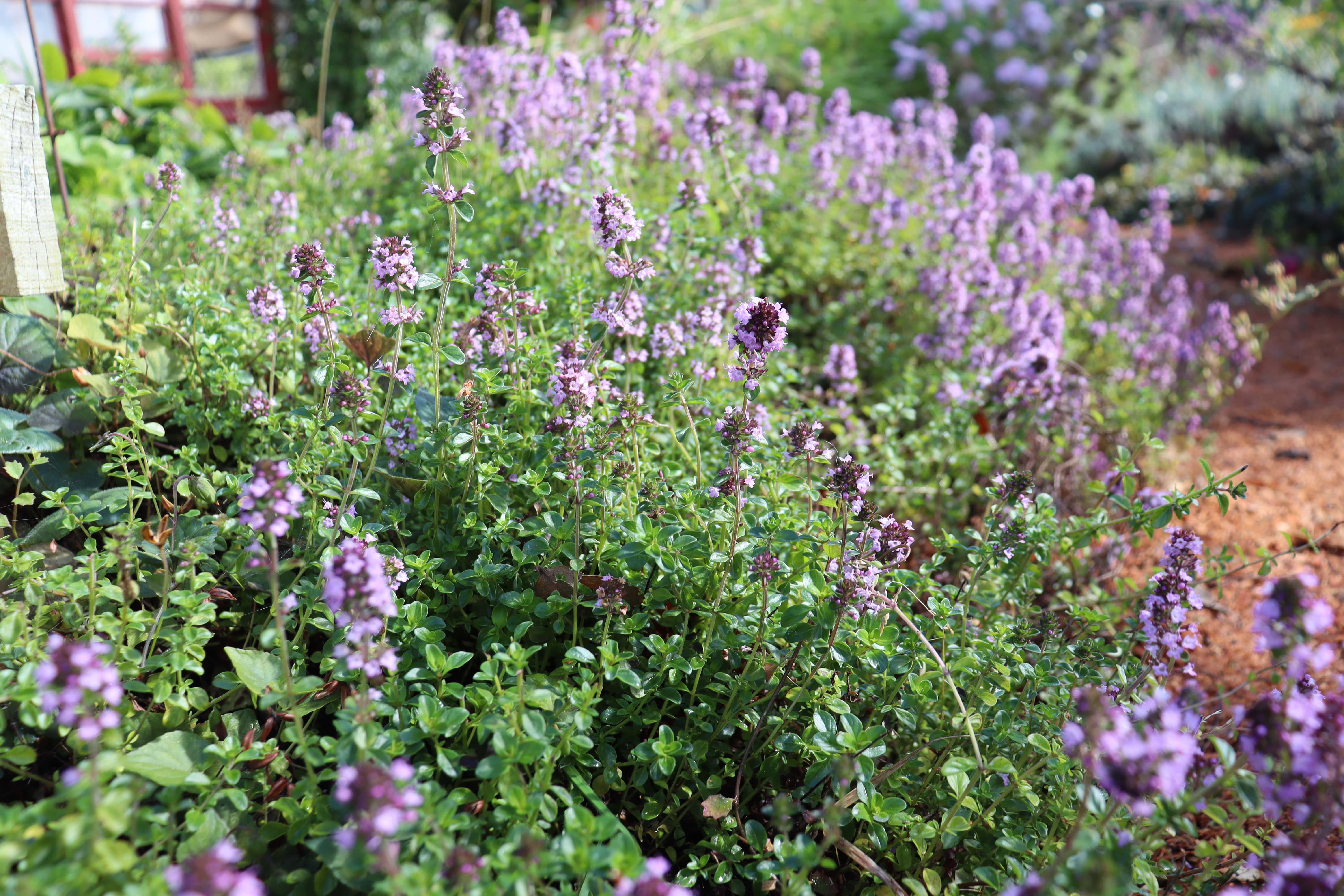
Plant out chives, thyme, oregano, sage, rosemary, lavender and any other perennial herbs you need. Not only are they dinner and cuppas and medicine, but they're all such good landscaping plants! Evergreen perennials ease the gardeners life - standing guard over bare, wintery soils that'd otherwise need mulching.
- Sage is one of my dessert island herbs .... so tasty and such an effective, easy sore throat treatment to have on hand. Her grey, textured leaves are a sweet foil that offsets other plants.
- Thyme, chives and oregano make excellent edge plants en masse - oregano the best of the 3 at beating out incoming weeds.
- Rosemary is an awesome bee plant and wind shelter
- Lavender is one plant you just cant have enough of - pretty flowers for bees and bugs and humans to eat and enjoy.
https://www.ediblebackyard.co.nz/october-in-the-greenhouse/
